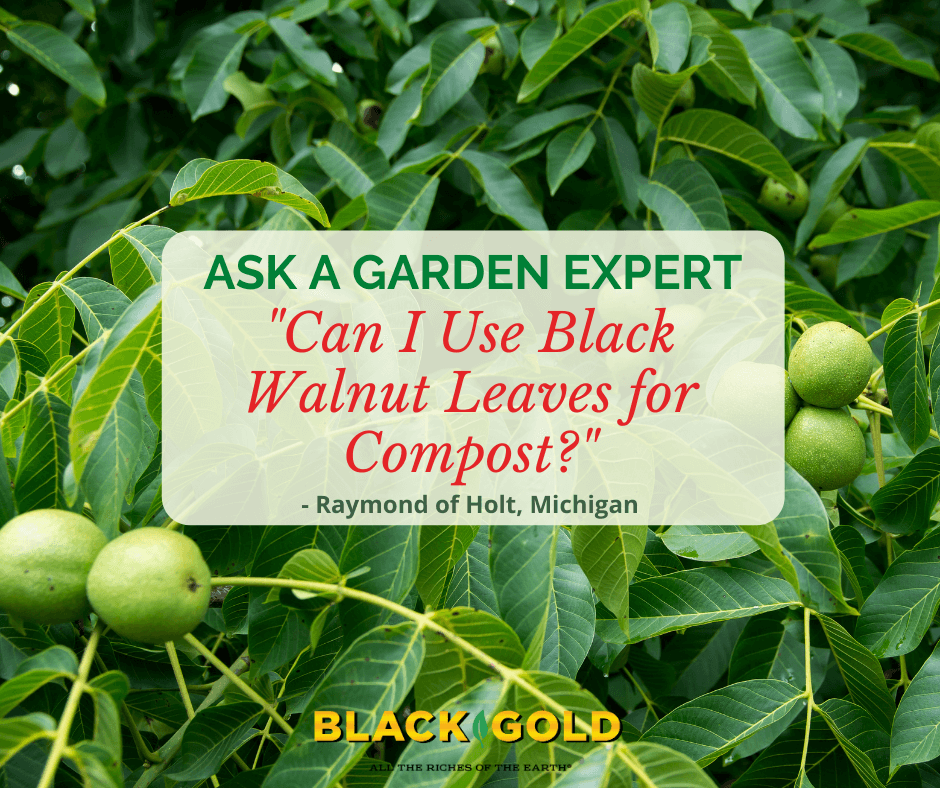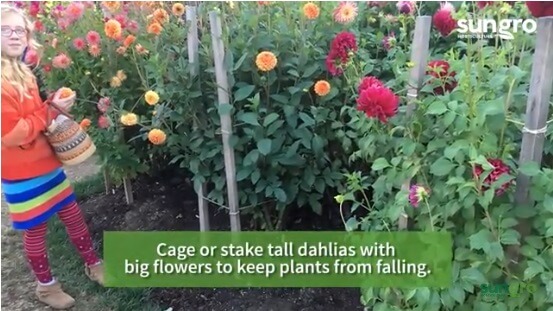
“I have several black walnut trees in my yard. Would it be alright to use the leaves in the compost? Question from Raymond of Holt, Michigan
Answer: I would not recommend it. As you surely know, black walnut trees (Juglans nigra) excrete the toxin, juglone, which is deadly to quite a few ornamental plants. The toxin helps reduce competition, making black walnuts bad trees for small home landscapes. Who wants a deadly tree around? Still, black walnuts are beautiful and have edible nuts that feed wildlife, so they are best reserved for more wild areas or fencelines far from the home garden–unless you plant nothing but tolerant plants.
Juglone is largely excreted by the roots, but it is also found in lower quantities in the wood and leaves. The toxin can leach from leaves into compost in small quantities. That’s why you need to be careful about what you plant near a walnut tree and where you put walnut leaves, which are best taken to the woods, fenceline, or bagged for disposal.
Because you have a black walnut tree, it would be prudent to get to know plants that are resistant and sensitive to these trees. Please click here for a great list provided by the Morton Arboretum, a world-class tree resource.
Symptoms of Black Walnut Toxic Syndrome
Keep in mind that there is no cure once sensitive plants have been significantly impacted by juglone. Exposure signs include yellowing, wilt, stunted growth, and finally death. It may take plants months to die after exposure.
Happy gardening,
Jessie Keith
Black Gold Horticulturist


